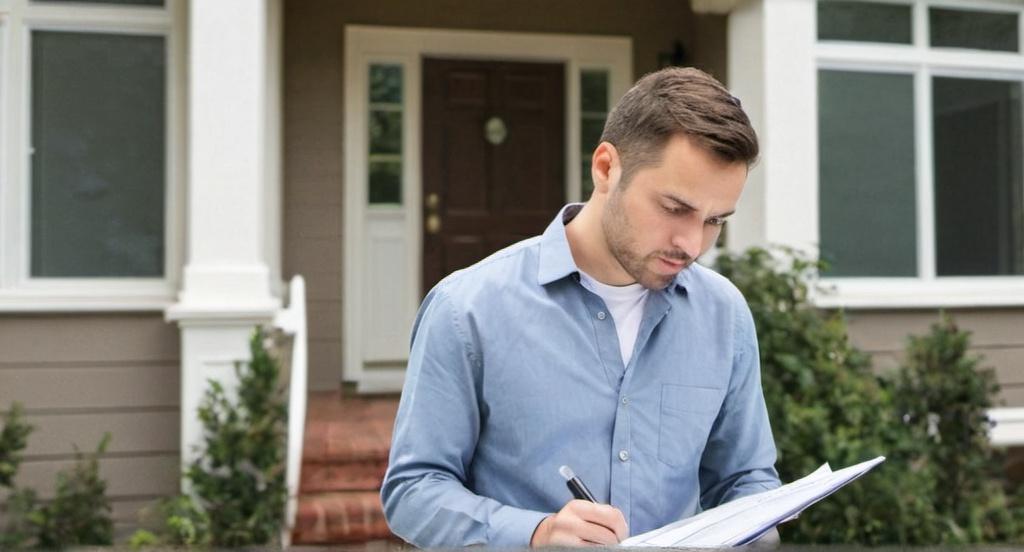Key Take Aways about Startup Guide: Renting Your First Commercial Property
- Understand the distinction between commercial and residential leasing.
- Learn the types of commercial leases: gross, net, and percentage leases.
- Consider location, size, price, and accessibility for your business needs.
- Examine key aspects of lease agreements such as lease term, rent escalation, maintenance, and permitted use.
- Negotiate lease terms effectively; consider consulting a commercial real estate broker.
- Ensure a smooth move-in process by confirming essential utilities and accommodations.

Setting the Stage: Understanding the Basics of Commercial Property Renting
Alright, so you’re ready to jump into the commercial property renting game. This ain’t your typical residential lease adventure—it’s a bit more like playing Monopoly but with higher stakes and a lot less of those pesky colorful bills. The first step is getting your head around what renting commercial property actually means. It’s about leasing space for business operations. It could be anything from an office space to retail, or even a warehouse. Businesses need a good roof over their head just like people do, but with a few more complications, of course.
First off, you need to know that commercial leases come in a few flavors. The common ones are gross leases, net leases, and percentage leases. Gross leases have the landlord covering all the property expenses, while net leases pass some of that expense burden onto you, the tenant. Percentage leases throw a percentage of your sales into the mix. So, keep your eyes peeled for the terms in the lease agreement.
Finding the Right Space: What You Need to Consider
So, how do you choose the right spot for your budding empire? It’s not as simple as picking the first place with a decent view and calling it home. Things to chew over include location, size, price, and accessibility. If you’re opening a cafe, you probably want foot traffic galore. But if it’s a manufacturing hub, you might care more about industrial zoning and loading docks.
Price might seem like the biggest deal breaker, but don’t get tunnel vision. The cheapest place today might cost you in customer reach or future expansion. It’s like buying a suit that’s two sizes too small because it was on sale—looks good for a while, but not when you try to grow into it.
Sizing Up the Lease Agreement: What to Watch For
Okay, so now you’ve found “the one,” lease-wise. It’s time to wade through the paperwork. Commercial leases are infamous for their small print. Here are a few things to keep an eye on:
– Lease Term: How long are you tying the knot with this place? Commercial leases can last from three years up to decades.
– Rent Escalation: Check if the lease has a built-in rent increase over time. It’s like the landlord’s way of staying ahead of inflation.
– Maintenance Responsibilities: A leaky roof might not be your problem, but the inside of your space probably is.
– Permitted Use: Make sure your business activities match what the lease allows so you don’t find yourself in a pickle.
Negotiating the Deal: Getting the Best Bang for Your Buck
This is where the art of the haggle comes in handy. Because commercial leases tend to be a bit more flexible than residential ones, you’ve got room to negotiate. A savvy tenant can negotiate terms like rent-free periods, fit-out contributions, or even lower rent. It’s like getting fries with that burger when you didn’t order them but are happy you got ’em anyway.
It’s also wise to think about getting some professional help here. A commercial real estate broker can help you navigate the intricacies of this process. They know the market, can spot a red flag from a mile off, and are generally worth their weight in gold. Or at least in very useful advice.
The Last Stretch: Ensuring a Smooth Move-In
Before you pop the champagne, there are a few last checks. Confirm utilities, internet accessibilities, and any necessary alterations to meet your business needs. This is the last mile, and like any marathon, it’s crucial. Setup a checklist of your move-in needs and tick them off one by one. You don’t want any surprises when you’re already knee-deep in product inventory or office furniture.
By now, you’ve hopefully nailed down the essentials of renting your first commercial property. With a firm grip on the basics, you’ve got a solid shot at making a smart business move. Remember: it’s not just about finding space. It’s about finding the right space for what you need, with terms that work in favor of your business plans. And maybe one day, you’ll be the landlord writing a lease for some other eager entrepreneur. The circle of real estate life, right?